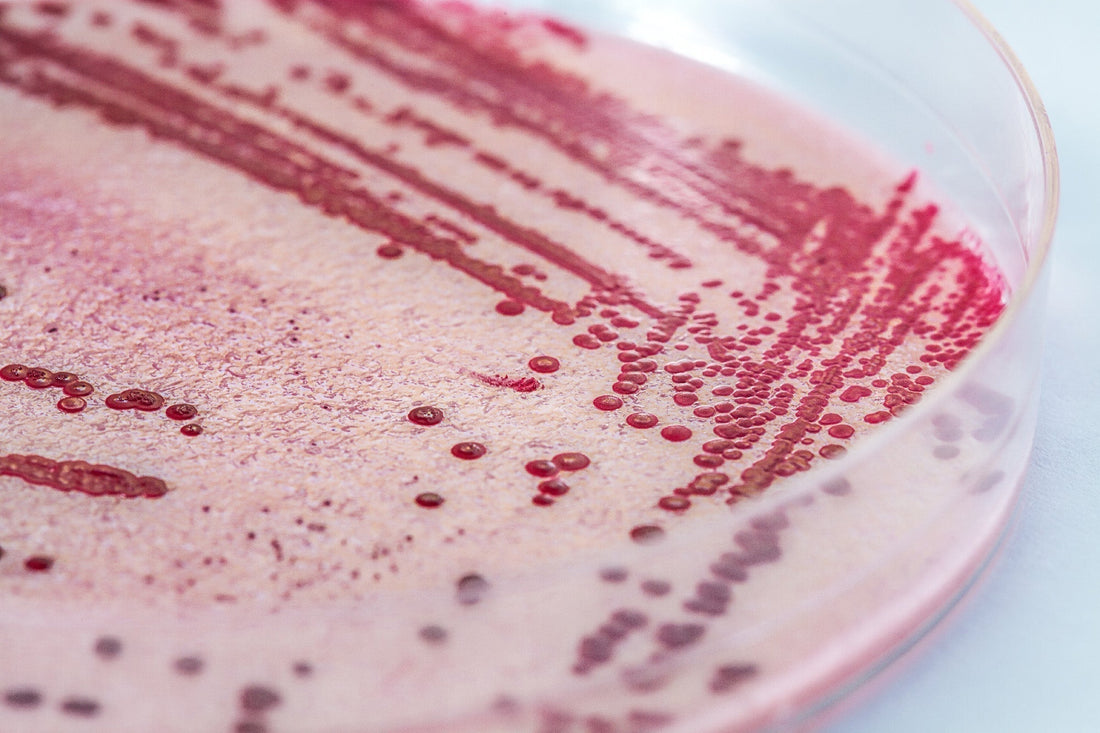
Does blue light kill Listeria monocytogenes?
Share
Yes, recent studies have shown that multi-wavelength high-intensity (MWHI) antimicrobial blue light (aBL) is highly effective in disinfecting Listeria monocytogenes on various surfaces in food processing environments.
- Listeria monocytogenes is one of the most persistent foodborne pathogens found in production facilities. It can survive cold temperatures, grow on damp surfaces, and form biofilms that are difficult to remove with traditional cleaning agents or even UV light.
Even small traces of Listeria can cause contamination in ready-to-eat (RTE) production lines, where hygiene standards are extremely high. Learn more on our Listeria application page.
The patented Spectral Blue MWHI® blue light technology, combining 405 nm and 450 nm wavelengths, triggers the formation of reactive oxygen species (ROS) inside bacterial cells, leading to cell damage and death from within without the use of chemicals or heat (see short video explanation).
This MWHI antimicrobial blue-light technology has been validated both in accredited laboratories and in real production environments, with excellent results:
-
Atria’s laboratory tests: The Spectral Blue SALO XL device achieved complete elimination of Listeria monocytogenes inside a biosafety cabinet.
→ Read the Atria laboratory test
-
Ready-to-eat sushi factory: Continuous blue-light disinfection on the production line helped eliminate recurring Listeria contamination. Results were published as a poster at the IAFP European Symposium 2025.
→ See the sushi production case
-
Overview of Listeria control: How Spectral Blue supports daily hygiene routines and reduces contamination risk.
→ Listeria in Food Production
- Key academic research papers on antimicrobial blue light and Listeria monocytogenes: Please see our science articles section and food topic under it
As a summary, multiwavelength antimicrobial blue light offers a reliable, chemical-free way to strengthen food safety and maintain cleaner production environments every day.
